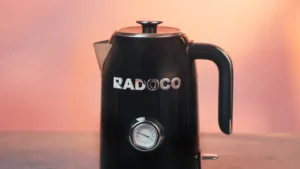
How Heater Coils Generate Heat Explained Simply
A heater coil generates heat by using electrical resistance to convert electricity into warmth, powering appliances like toasters and water heaters.

A heater coil generates heat by using electrical resistance to convert electricity into warmth, powering appliances like toasters and water heaters.

Solve Whirlpool hot water heater issues with step-by-step troubleshooting and element replacement tips for restoring reliable hot water in your home.
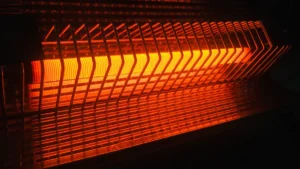
Ceramic heater element ensures safe heat with self-regulating tech, cool-to-touch surfaces, and built-in protection against overheating and fire hazards.
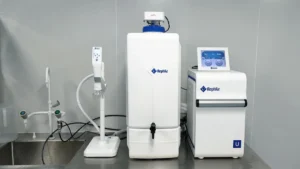
Find the right water heater element socket size, type, and material for safe installation. Get essential specs to avoid leaks and damage in your next project.
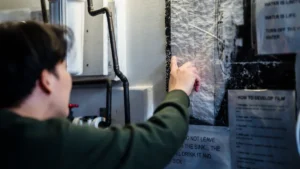
Test electric water heater elements safely with a multimeter by following simple steps to check resistance and determine if replacement is needed.
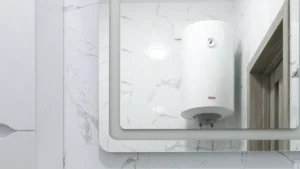
Maintain your hot water cylinder’s heating element to boost efficiency, cut energy bills, and extend system life with simple care and regular inspections.
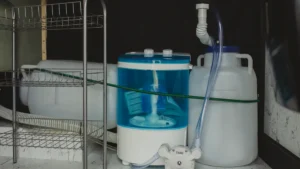
Test hot water heater elements with a multimeter to check for burnout. Follow safety steps to confirm if your water heater element needs replacement.

Test hot water heater elements safely at home with a multimeter. Follow step-by-step instructions to check for faults and restore hot water efficiently.
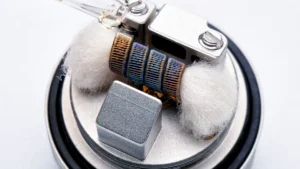
An electric heating coil efficiently converts electricity into heat, powering appliances, HVAC, and industrial systems for reliable, controlled heating.

Find the best hot tub heater elements for fast, reliable heating. Compare titanium, Incoloy, and stainless steel options to keep your spa warm and efficient.
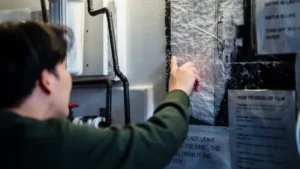
Most water heater elements require a 1-1/2 inch deep well socket for safe, leak-free installation. Always check your model before starting repairs.
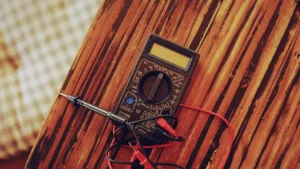
Test hot water heater elements safely with a multimeter to diagnose issues, restore hot water, and avoid unnecessary repairs. Step-by-step guide included.
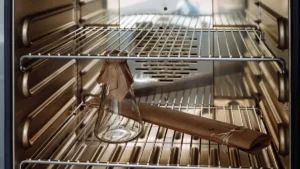
A heater oven element ensures even cooking by generating and maintaining oven heat. Learn signs of failure, replacement tips, and maintenance advice.
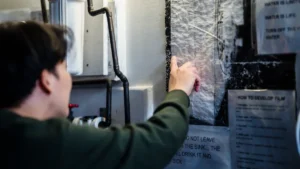
Test water heater elements by turning off power, using a multimeter, and checking for 10-30 ohms resistance. Replace the element if readings are out of range.

Compare heating elements A1/875 vs APM: material, temperature limits, and maintenance. Find out which heating element fits your industrial or commercial needs.
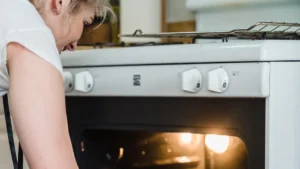
Safely change oven element yourself by turning off power, using basic tools, and following step-by-step instructions to avoid electrical hazards.

Replace oven element safely at home with step-by-step instructions, safety tips, and tools needed for a quick, effective DIY oven repair.

Most oven element replacements are DIY-friendly, but call an electrician if you see damaged wiring, complex controls, or feel unsure about safety.

Fix an oven if repairs are minor and cost less than half a new unit. Replace your oven if it’s old, breaks down often, or repair costs are too high.

Find out the cost to change an oven element, compare DIY vs. pro prices, and get tips to save money on your next oven repair or replacement.
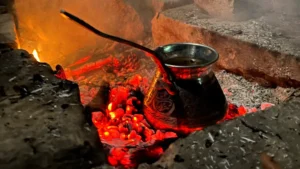
Using an oven with a heating element broken risks uneven cooking and fire hazards. Always repair the element before using your oven for safe results.

Hello everyone, I am Mari Cheng, the "electric heating person" of Jinzhong Electric Heating Technology. Our factory has been engaged in electric heating components for 30 years and has served more than 1,000 domestic and foreign customers. In the following blogs, I will talk about the real knowledge of electric heating components, the production stories in the factory, and the real needs of customers. If you have any questions, please comment or poke me directly, I will tell you everything I know~
If you have any questions, please contact us for help. We will also provide the latest quotation and free samples
Get a custom quote in less than two days.